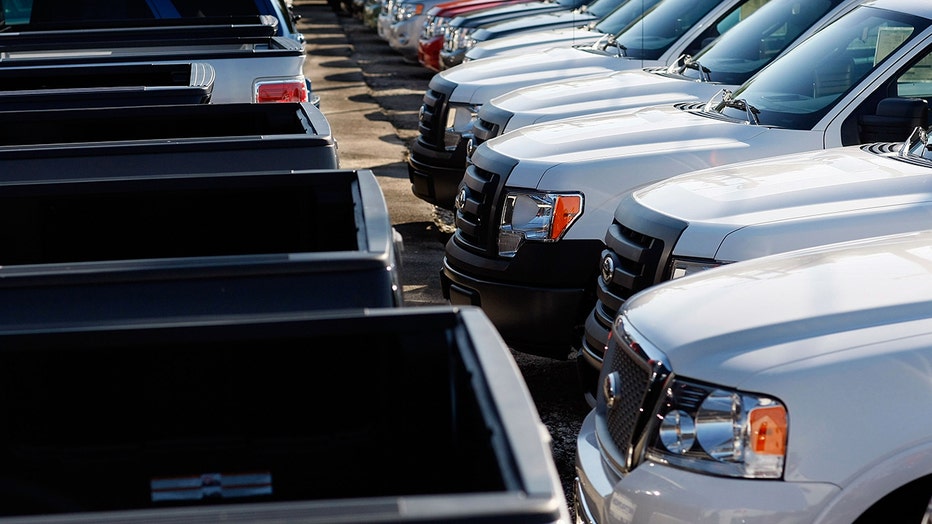Most pickup trucks ‘fall short’ in rear seat safety, new study finds

How car recalls get reported
The National Highway Traffic Safety Administration (NHTSA) officially start car recalls after receiving complaints from consumers.
A new study finds that most pickup trucks may be unsafe when it comes to protecting passengers in rear seats.
According to the latest crash test ratings from the Insurance Institute for Highway Safety, not one of the five small crew pickups tested earned a "good" rating.
"Our updated moderate overlap front crash test proved to be challenging for small pickups," said IIHS President David Harkey. "A common problem was that the rear passenger dummy's head came dangerously close to the front seatback, and in many cases, dummy measurements indicated a risk of neck or chest injuries. All these things tell us that the rear seat belts need improvement."
The Nissan Frontier was rated "acceptable," the Ford Ranger earned a "marginal" rating, and the Chevrolet Colorado, Jeep Gladiator and Toyota Tacoma were all rated "poor." The ratings only applied to the crew cab versions.

pickups sit on the sales lot at the Metro Ford dealership December 2, 2008 in Miami, Florida. Ford announced that its November sales declined to 123,222 units, from 177,485 a year ago, a 30.6 percent drop. (Photo by Joe Raedle/Getty Images)
Last year, the IIHS launched the updated moderate overlap front test after previous research showed that in newer vehicles, the risk of a fatal injury was now higher for belted occupants in the rear than for those in front.
The updated test added a dummy in the back seat behind the driver. The driver dummy was the size of an average adult man, while the rear dummy was the size of a small woman or 12-year-old child. IIHS researchers also developed new metrics that focused on the injuries most frequently seen in back-seat passengers.
For a vehicle to earn a good rating, there could not be an excessive risk of injury to the head, neck, chest or thigh, as recorded by the second-row dummy. The dummy should remain correctly positioned during the crash without sliding forward beneath the lap belt. The head should also remain a safe distance from the front seatback and the rest of the vehicle interior. A pressure sensor on the rear dummy’s torso was used to check whether the shoulder belt is too high, which can make the restraint system less effective.
RELATED: $300,000 flying car gets special certification from FAA
All five small pickups provided good protection in the front seat. However, measurements indicated a slightly higher risk of leg or foot injuries to the driver in the Gladiator and Tacoma.
Meanwhile, in the Colorado, Frontier, Ranger and Tacoma, the restraints in the back seat allowed the rear dummy’s head to come too close to the front seatback. That was not an issue for the Gladiator.
In the Ranger, however, the rear dummy slipped beneath the lap belt, causing it to ride up from the ideal position on the pelvis onto the abdomen, which increases the risk of internal injuries.
Otherwise, injury measures taken from the rear dummy indicated a moderate or likely risk of both neck and chest injuries in the poor-rated Colorado, Gladiator and Tacoma and a moderate risk of chest injuries in the marginal-rated Ranger.
Emily Thomas, a manager of auto safety at Consumer Reports, said the results may seem discouraging, but car buyers should expect newer models to perform better as automakers redesign their vehicles to excel in new crash tests.
"More rigorous tests like these often lead automakers to make changes that improve safety for vehicle occupants," she wrote.
This story was reported from Los Angeles.

